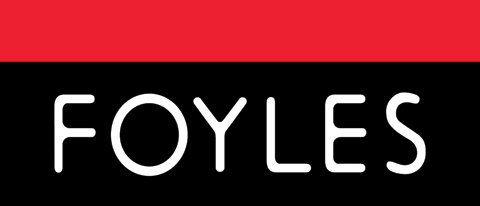When Rolls-Royce and Bentley were under one roof, it surprised me they didn’t spend all their time, effort and energy on customisation. After the glorious days of the coachbuilder were largely over, and they were producing complete cars i.e. chassis and bodies combined, they offered a palette of about ten standard colours. It seemed obvious they should offer you your car in any colour you wanted. They had a whole pantone catalogue to select from. It seemed to me that they were neither one thing nor another; caught in the nostalgic headlights of the past and not being brave enough to be new and different.
I remember when I saw my first Lexus, it was in the Chicago suburbs, in Wheaton, Illinois, a picture-perfect American Main Street; I was expecting Michael J. Fox to turn up with Doc, as I inspected this piano black delight of a car. I had never seen a car so black and all the join lines were perfectly spaced, you could run a marble over them. In that moment it seemed to me, machine made production had equalled and maybe even surpassed hand built for the highest level of craftsmanship and finish.
After years of neglect, both famous British marques are now customising like crazy – nothing like having rich parents trying to outdo each other; BMW licencing the RR brand and VW Group owning Bentley.
From starlit roof linings to evoke the evening sky featuring 1,000+ hand-woven, fibre optic lights to hand-set diamonds in the dashboard and then finished using paint infused with fine-glass particles to give, as the marketing copy says “a sublime, starry‑night quality.”
Customisation is expensive. Yet a growing number of people will pay for it. One of the secrets in a business is to work out a way to have customisation on demand, but to do it with building blocks so 80% is premade and only the last 20% is custom, making it unique for the customer. This is the art the German car makers have mastered.
Where could you offer a degree of ‘managed customisation’?

/Amazon_(company)-Logo.wine.png)


